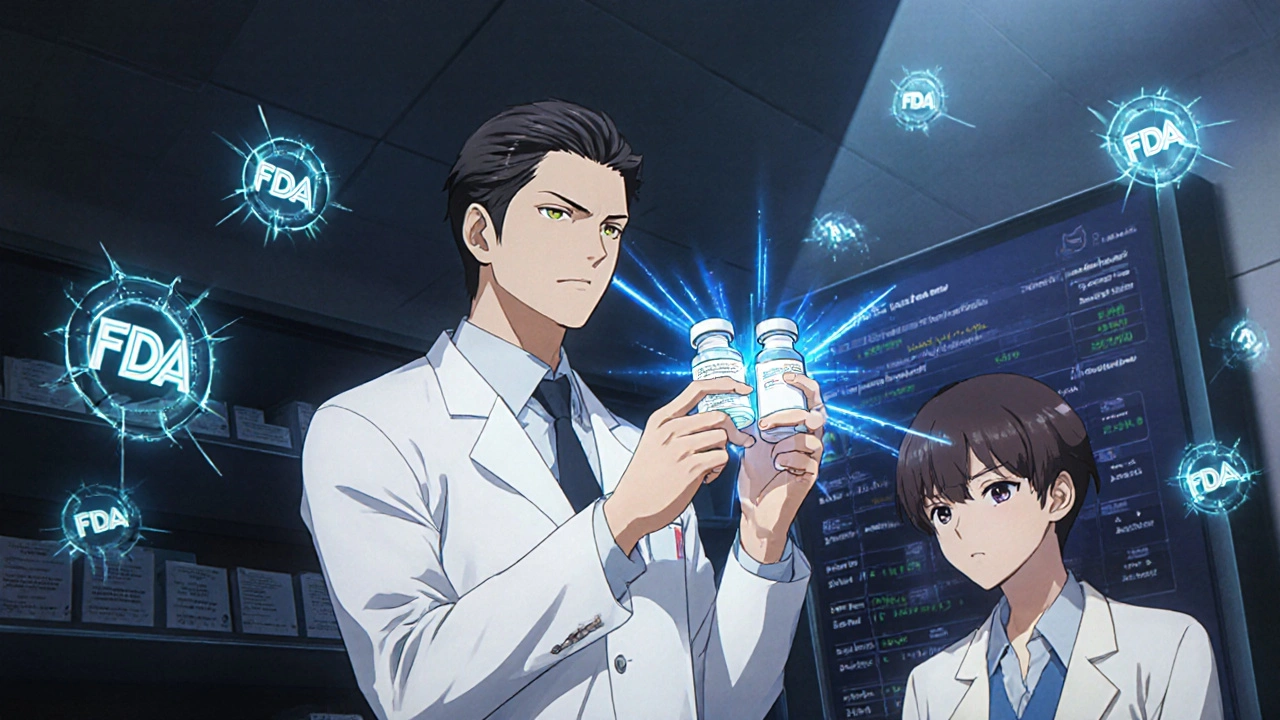Interchangeable Biosimilars: What They Are and How They Save Money
When you hear interchangeable biosimilars, a type of biologic drug approved by the FDA to be as safe and effective as the original brand-name drug, with the added ability to be swapped automatically by pharmacists without a doctor’s permission. Also known as biosimilar substitutes, they’re not just cheaper versions—they’re designed to work the same way in your body, with no meaningful difference in how they treat conditions like rheumatoid arthritis, Crohn’s disease, or cancer. Unlike regular generics, which copy simple chemical drugs, biosimilars are made from living cells and are far more complex to produce. That’s why they cost less than the original biologics but still require rigorous testing to earn the "interchangeable" label from the FDA.
Not all biosimilars are interchangeable. Many are approved as "biosimilars" but can’t be swapped without your doctor’s OK. The key difference? Only interchangeable biosimilars can be substituted at the pharmacy like a regular generic pill. This matters because insurance companies often push for interchangeable ones to cut costs. If your prescription says "interchangeable biosimilar," your pharmacist can give you the cheaper version without calling your doctor. But if it’s just a biosimilar, they might have to check with your provider first. That’s why knowing the difference can save you time, money, and headaches.
Interchangeable biosimilars are part of a bigger shift in how we pay for complex medicines. Biologics like Humira or Enbrel used to cost over $2,000 a month. Now, interchangeable biosimilars can bring that down to under $500. But getting them isn’t always easy. Insurance plans often require prior authorization, stick them on higher tiers, or limit which ones they cover. Some Medicare plans still don’t treat them like true generics. And while they’re proven safe, some patients and doctors are still hesitant to switch. That’s why so many of the articles below dive into insurance rules, real-world cost savings, and how to push back when coverage gets in the way.
What you’ll find here are real stories and clear breakdowns: how to tell if your drug is interchangeable, why your insurer might block it, what to do if you’re switched without consent, and how to compare biosimilars side by side with the original brand. You’ll also see how these drugs connect to broader issues—like generic drug approval timelines, out-of-pocket costs, and how formularies decide what’s covered. This isn’t theory. It’s what’s happening in pharmacies, clinics, and insurance offices right now.
Pharmacist Role with Biosimilars: Counseling and Substitution
Pharmacists play a critical role in biosimilar adoption by counseling patients, navigating complex substitution laws, and ensuring safe, cost-effective care. Learn how they drive real change in biologic therapy.

